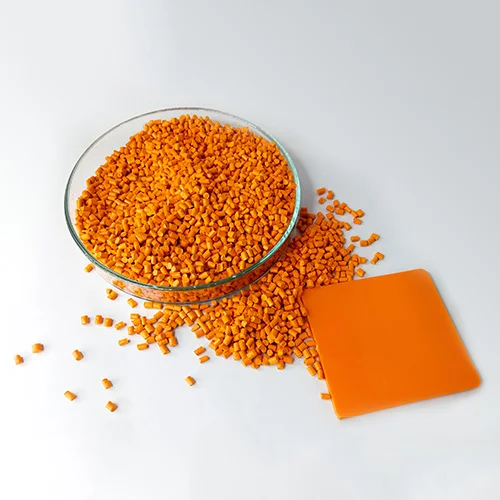In the ever-evolving textile industry, the demand for high-performance dyes that offer vibrant colors, durability, and eco-friendliness has never been higher. Traditional dyeing processes often come with significant environmental costs, including water pollution and high energy consumption. However, innovative technologies are paving the way for more sustainable practices, enabling the environmentally friendly application of high-performance dyes.

Advancements in Dye Chemistry: Eco-Friendly Formulations
New Generation Dyes
One of the cornerstone innovations in eco-friendly dyeing is the development of new generation dyes. These dyes are designed to minimize environmental impact through reduced water usage, lower energy consumption, and decreased waste production. For instance, reactive dyes, which form covalent bonds with fiber molecules, are being formulated to require less water and heat for fixation, significantly cutting down on energy consumption.
Natural and Biodegradable Dyes
Another significant breakthrough lies in the utilization of natural and biodegradable dyes derived from plants, minerals, and microorganisms. These dyes offer a sustainable alternative to synthetic options, as they do not release harmful chemicals into the environment and can often be sourced renewably. Advances in extraction and purification techniques have improved the colorfastness and brightness of natural dyes, making them more competitive in the market.
Technology-Driven Processes: Enhancing Efficiency and Reducing Footprint
Ultrasonic and Microwave Dyeing
Technology has also revolutionized the dyeing process itself. Ultrasonic and microwave dyeing techniques, for example, use sound waves and electromagnetic radiation to accelerate dye penetration into fibers. These methods reduce dyeing time by up to 50% compared to conventional processes, thereby lowering energy consumption and water usage. Furthermore, they enhance dye uniformity and fixation, resulting in higher quality fabrics with reduced waste.
Closed-Loop Systems
Closed-loop dyeing systems represent another technological leap towards sustainability. These systems recycle water and unused dyes, minimizing waste and contamination. By capturing and reusing resources, closed-loop systems drastically decrease the environmental footprint of dyeing operations, making them a cornerstone of circular economy principles.
Digital Printing: Precision and Efficiency in Dye Application
Inkjet and Laser Printing Technologies
Digital printing technologies, such as inkjet and laser printing, have transformed the way dyes are applied to fabrics. These technologies enable precise control over color application, reducing overspray and waste. Inkjet printers, in particular, can deposit dyes directly onto the fabric with high accuracy, minimizing the need for excess dye and water. Additionally, digital printing allows for customization and shorter production runs, reducing overall resource consumption.
Eco-Friendly Inks
The development of eco-friendly inks for digital printing further enhances the sustainability of this process. These inks are formulated with biodegradable or natural components, reducing the environmental impact of disposal. Advances in ink chemistry have also improved their color vibrancy, durability, and compatibility with various fabric types.
Monitoring and Optimization: Smart Technologies for Real-Time Adjustments
IoT and AI in Dyeing Processes
The integration of Internet of Things (IoT) and Artificial Intelligence (AI) technologies is revolutionizing the monitoring and optimization of dyeing processes. IoT sensors can continuously monitor parameters such as temperature, pH levels, and dye concentration, enabling real-time adjustments to ensure optimal conditions. AI algorithms can analyze this data to predict and prevent inefficiencies, further reducing waste and energy consumption.
Predictive Maintenance
Predictive maintenance, powered by AI, allows for proactive management of equipment. By analyzing operational data, AI can predict when machinery might fail, enabling timely repairs and minimizing downtime. This not only enhances productivity but also reduces the risk of accidents and environmental incidents.
The integration of innovative technologies is transforming the application of high-performance dyes, making them more environmentally friendly and sustainable. From advancements in dye chemistry to cutting-edge process technologies and smart monitoring systems, these developments are paving the way for a greener textile industry. As research and innovation continue, the potential for even more eco-efficient dyeing solutions grows, promising a future where fashion and environmental responsibility coexist harmoniously. By embracing these technologies, the textile sector can significantly reduce its ecological footprint, contributing to a healthier planet for generations to come.

